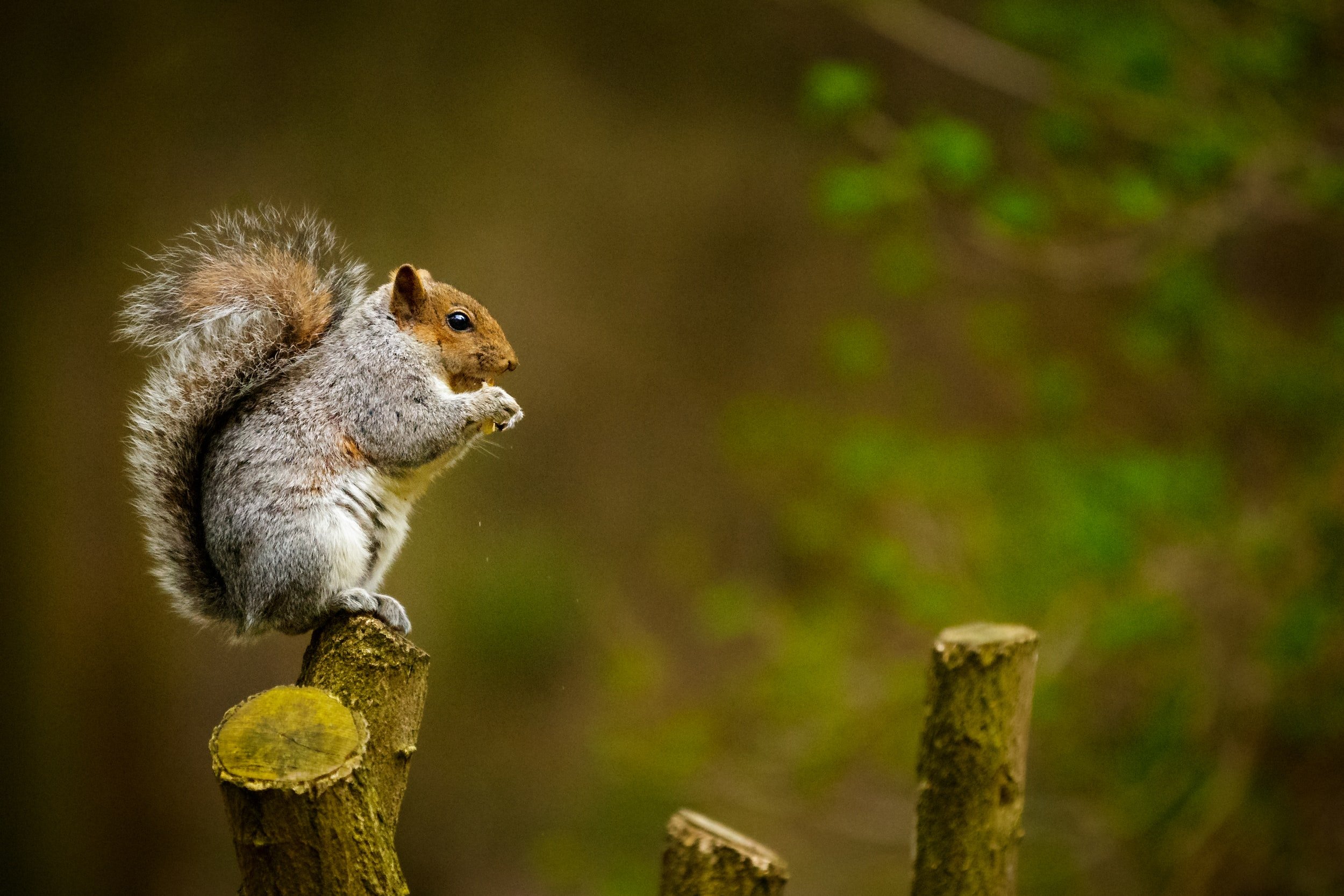
Rescue
Rehab
Release
Found an Animal?
Click below for more information.
Meet Some Local MD Wildlife
-

Opossum
Baby opossums are called joeys, just like baby kangaroos! When they are born, they are only about the size of a honeybee. The infant opossums crawl to their mother’s pouch, where they will stay for 2—3 three months. When they emerge they climb on her back and hang on for a few more months till they get big and drop off.
-

Squirrel
Squirrels are amazing creatures. Did you know they can leap 10 times their body length and turn their ankles 180 degrees to face any direction when climbing? They also have superb vision, and they learn by quickly copying other animals.
-

Turtle
A turtle’s shell is made of bone and is a part of the turtle’s spine. A turtle’s shell is as much a part of its body as our skeleton is to ours. The shell is made of two pieces, the carapace (top) and the plastron (bottom), which are fused together on each side at what’s called a bridge.
-

Duck
Ducklings coordinate hatching by communicating with each other while they’re still in their eggs. Hatching at the same time is important, because sticking together as a group helps protect them from predators. After hatching, they swim and walk together, following close behind their mothers.
-

Racoon
Thanks to the black markings that fall across their eyes, raccoons have been typecast as the conniving thief or trickster figure in stories for centuries. But their famous black masks do more than make them look like adorable outlaws—they also help them see clearly
-

Rabbit
Rabbits’ teeth grow like human fingernails, and the only thing that will wear them down is if they eat a diet consisting primarily of plant material. Did you know that they have a double set of incisors? This makes them lagomorphs, setting them apart from the rodent family.
